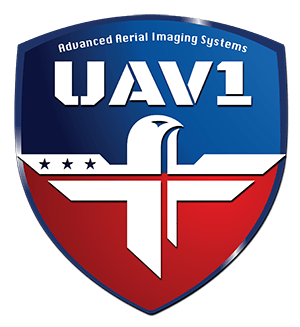What Night Vision Does the Military Use? A Deep Dive into Modern Warfare Technology
Night vision technology has revolutionized modern warfare, granting military forces the ability to operate effectively in low-light conditions and complete darkness.
But what night vision does the military use? How does it enhance their operations? In this post, we will delve into the specific night vision technologies utilized by the military, with a special focus on the military-grade and standard-tested products provided by SPI Corps.
Night Vision Technologies in the Military
The military predominantly employs two types of night vision technologies: image intensification (I2) and thermal imaging.
PVS-14
The military employs a range of night vision technologies to enhance their operational capabilities. These technologies include image intensification (I2) devices, thermal imaging systems, and fusion systems that combine both I2 and thermal capabilities.
Specific devices like the PVS-14 Night Vision Monocular have been widely adopted by the US armed forces and NATO allies due to their versatility, durability, and performance in low-light conditions. However, it’s important to note that advancements in night vision technology continue to occur, and the military may also be utilizing more advanced and classified systems that are not publicly disclosed.
Image Intensification (I2)
Image intensification devices are the most commonly used night vision technology in military operations. These devices work by amplifying available ambient light—such as moonlight or starlight— to generate an image. Night vision goggles and monoculars typically utilize this technology.
Image intensifiers are ideal for navigation, close-quarters combat, and surveillance, providing detailed images of the surroundings even in low-light conditions. The military uses these devices for a variety of missions, from covert operations to reconnaissance and beyond.
Thermal Imaging
Thermal imaging is another essential night vision technology. Instead of amplifying light, thermal imaging devices detect the heat produced by people, animals, or objects to create a contrast image. These devices can effectively pick out heat signatures even in complete darkness or through obstacles such as smoke or fog.
Thermal imaging plays a crucial role in military operations, especially when it comes to identifying hidden or camouflaged targets. From infantry units to armored divisions and special forces, various military branches rely on thermal imaging to enhance their operational capabilities.
SPI Corp: Meeting the Military Standard
In response to the high demand for reliable, top-quality night vision technology, SPI Corps has emerged as a leading supplier of military-grade night vision devices.
Night Vision Goggles
SPI Corps’ night vision goggles incorporate cutting-edge image intensification technology to meet the unique demands of military operations. They provide a wide field of view, are lightweight, and have extended battery life—all critical features for missions in challenging environments.
Monoculars
SPI Corps’ military-grade monoculars offer versatility on the battlefield. These devices can be handheld or mounted on a helmet, providing soldiers with high-resolution images and an excellent level of situational awareness.
Night Vision Products
Apart from goggles and monoculars, SPI Corps provides an array of other night vision products that employ thermal imaging technology. These include thermal imaging scopes known for their precision, dependability, and durability under extreme conditions.
SPI Corps ensures that each device not only meets military standards but often surpasses them. They undergo rigorous testing for shock and water resistance, as well as performance under extreme temperatures. This meticulous attention to quality assurance makes SPI Corps’ night vision products battle-ready and reliable.
In conclusion, the question of “what night vision does the military use?” opens up a world of advanced technologies that have changed the face of modern warfare. Companies like SPI Corps play a pivotal role in this landscape, equipping our armed forces with state-of-the-art, rigorously tested night vision devices that provide a crucial advantage in low-light conditions and complete darkness.
